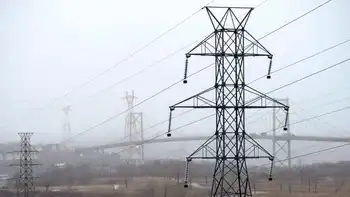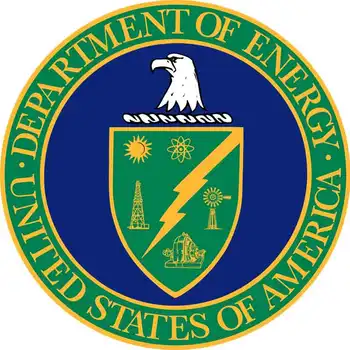Coca-Cola reduces power consumption in California facilities
By Business Wire
CSA Z462 Arc Flash Training - Electrical Safety Essentials
Our customized live online or in‑person group training can be delivered to your staff at your location.

- Live Online
- 6 hours Instructor-led
- Group Training Available
The project will decrease CCEÂ’s energy consumption for lighting by 5.6 million kilowatt-hours (kWh) a year, with the potential to decrease 113 million kilowatt-hours over the 20-year life of the new system. This is enough electricity to power 537 homes annually.
The project has earned CCE the Orion Energy Systems Environmental Stewardship Award, which was presented today by OrionÂ’s executive vice president Michael Potts to Coca-Cola EnterprisesÂ’ executives during a ceremony at its Downey, Calif., production facility.
Campbell Hawkins, manager of energy efficiency for Southern California Edison, the utility that provides power to many of Coca-Cola EnterprisesÂ’ California facilities, applauded CCE for its commitment to energy efficiency. Hawkins also cited the importance of working together with companies like Coca-Cola Enterprises and Orion Energy Systems to reduce pressure on CaliforniaÂ’s strained electrical grid.
The project entailed replacing more than 4,000 high-intensity discharge (HID) and fluorescent lights with OrionÂ’s Compact Modular, high-intensity fluorescent (HIF) system at 24 Coca-Cola Enterprises facilities throughout California. CCE also has installed solar power generating panels on the roof of its Los Angeles facility, has committed to make all sales and marketing equipment on average 20 percent more energy efficient by 2010, and has ten hybrid electric trucks delivering product to customers throughout Los Angeles.
In all, CCE has 142 hybrid electric delivery trucks, giving it the largest fleet of heavy-duty hybrid delivery trucks in North America.
Coca-Cola Enterprises has established five strategic focus areas, three of which – energy conservation/climate change, water stewardship, and sustainable packaging/recycling – are related to the environment. CCE remains focused on conserving water in its operations and is in the process of installing water-efficient technology such as container rinsers that use ionized air rather than water, silicon-based dry lubricants on its production lines and water reclamation upgrades.
Additionally, the company has worked to increase recycling rates nationwide through the work of Coca-Cola Recycling.
“At Coca-Cola Enterprises, corporate responsibility and sustainability is where the world touches our business and where our business touches the world,” said Terry Fitch, general manager and vice president of Coca-Cola Enterprises’ West Business Unit.
“We’re doing everything we can to help reduce our carbon footprint in California and across the country, because we believe that responsible and sustainable business practices like this will not only help us manage through these complex times but will also ensure the long-term growth of our company, sustainable development in our communities, and protection of the environment.”
As a result of the 5.6 million kWh annual reduction generated from the lighting retrofit, Coca-Cola Enterprises will help to divert 3,715 tons of carbon dioxide (CO2) from entering the atmosphere each year, according to the Environmental Protection Agency. Also, Coca-Cola Enterprises will reduce the amount of sulfur dioxide (SO2) released by 15 tons per year and the amount of nitrogen oxides (NOX) by five tons per year. The power use reduction is the air-scrubbing equivalent of planting a 1,038-acre forest or the energy equivalent of saving 466,962 gallons of gasoline each year.
The environmental benefits and energy cost savings of the Coca-Cola Enterprises project are possible because Orion fixtures are engineered based on the dual principles of optimizing input energy and maximizing lighting output. OrionÂ’s patented high-intensity fluorescent lighting platform uses about 50 percent less energy and provides 50 percent more light than traditional high-intensity discharge lights, which have been the industry norm since approximately 1960. Orion systems turn on instantly, provide a more natural type of light, and operate at a relatively cool 110 degrees.











